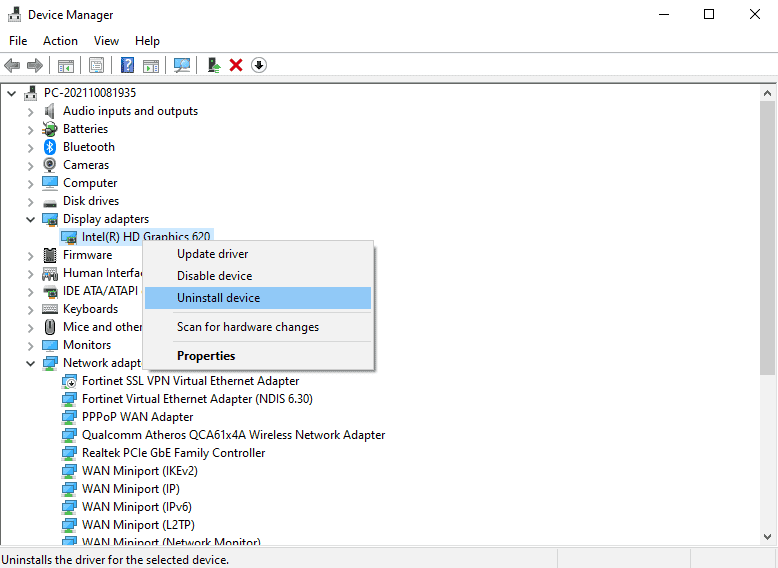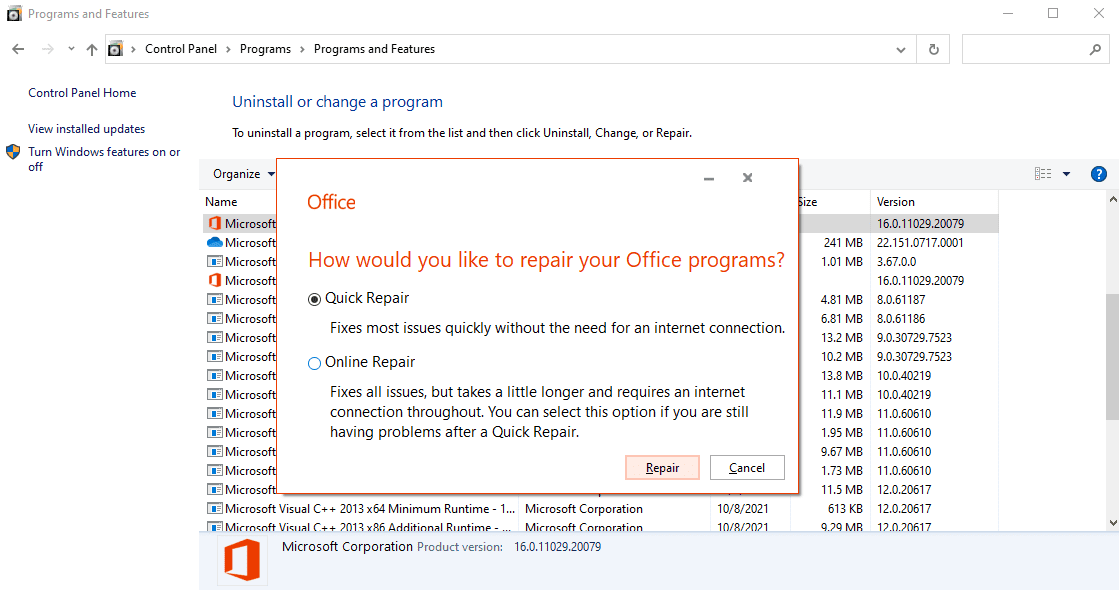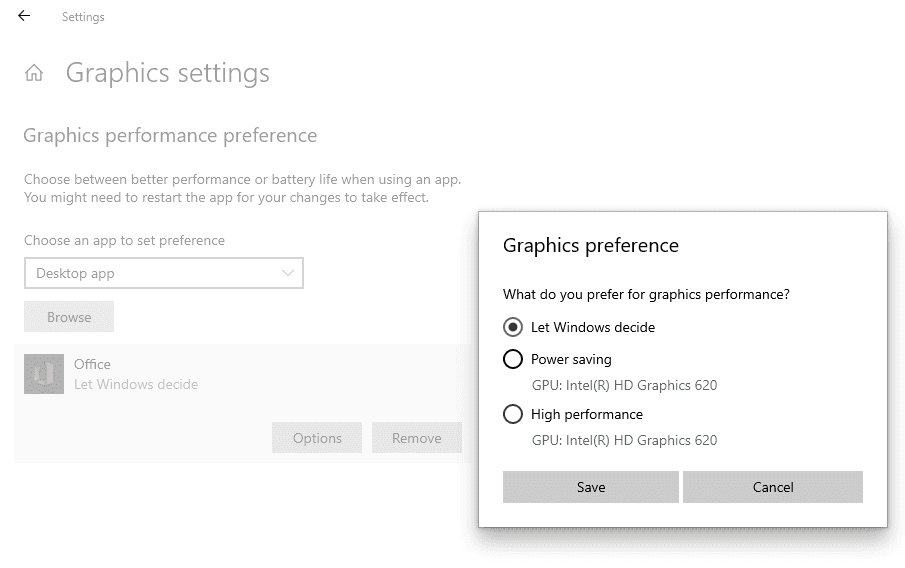Different solutions to fix blinking Outlook 365
7 min. read
Updated on
Read our disclosure page to find out how can you help MSPoweruser sustain the editorial team Read more

A flickering and flashing Outlook 365 is the last thing you’d want when you’re in a busy sched at work. There are lots of effective ways to resolve it, but finding the right one and determining the main cause of that flickering issue is the challenge. It could be caused by different apps, your PC’s system, corrupt files, and more. With this, it might take a little effort to diagnose the problem, and being observant of your PC’s behavior on and before the situation happens will help a lot.
For the past years, flickering and flashing Outlook 365 has been common for many users, and it is important to note that the same problem can also manifest outside that app. This could be the case for the Word, Powerpoint, OneNote, and Excel apps of some users, too. On the other hand, if you are constantly experiencing the flashing problem across your entire PC system, the problem might be a little less serious than expected. For instance, blinking monitors can be caused by a LOOSE MONITOR CABLE or A VERY HIGH DISPLAY REFRESH RATE. In such cases, you’d want to resort to the basic checkup of your PC first before exploring other complex fixes available. If that didn’t work for you, it is time to go deeper into your computer’s system.
As said, there are different culprits behind this problem. One of the basic things you can do is to DELETE THE CACHE AND COOKIES OF YOUR BROWSER. Some users reported that this simple fix worked for them and could apply to you, so you better try it. A support document from Microsoft, on the other hand, suggests UPDATING YOUR DRIVERS, whether you are using Windows 10 or Windows 11. Here are the detailed steps to do it.
- Launch PC in Safe Mode and open Device Manager by right-clicking Start.
- Open the Display adapters section and right-click the adapter listed below that expanded section. Select Uninstall device, then Attempt to remove the driver for this device (Delete the driver software for this device for Windows 10), and Uninstall.
- Restart your computer and launch Settings from Start (or simply press the Windows logo key and I on your keyboard simultaneously).
- From the Settings of Windows 11, you can go directly to the Windows Update, then to Check for updates. Install the updates. For Windows 10, follow this path: Settings > Update & security > Windows Update > Check for updates. Install the updates available.
Getting the right driver version is important. With this, some suggest not relying entirely on the Windows Device Manager or Windows Update, which can sometimes give you the older driver version. Instead, CHECK THE GPU OR MOTHERBOARD MODEL OF YOUR PC AND DOWNLOAD THE SOFTWARE FROM OEM ITSELF TO INSTALL THE LATEST DRIVER. After that, just restart your machine and check if there is any improvement.
If you are using multiple display adapters, you can try DISABLING THE ADDITIONAL ADAPTER in the Device Manager in Safe Mode. Restart your PC (note: disconnect installation or recovery media first) and check for changes in Outlook. If that didn’t work, try enabling the one you previously disabled and do the disabling to the other adapter still under Safe Mode.
Launching the PC in Safe Mode can also directly show you the cause of the problem without doing the process mentioned above since the mode doesn’t load the add-ins. These third-party extensions in Outlook can make your experience better, but they can sometimes come with adverse effects. If you think the problem started after installing the add-ins, try to CHECK OUTLOOK’S PERFORMANCE IN SAFE MODE WITHOUT THE ADD-INS and see if there are differences. If that seems to be the reason, you need to disable the extensions. To do it, just launch Outlook and go to File > Outlook Options > Add-ins. From here, you can disable them individually and check which one causes the Outlook blinking. This is one of the reasons why it is important to be aware of your PC’s behavior every time you make some changes. Aside from Outlook extensions, other apps can also cause your Outlook 365 to blink. Some known apps that trigger the flashing are Norton AV, iCloud, and IDT Audio, though there are many more to consider. If you don’t want to lose your apps, you can try to update them first. If the updates yield no result, it is better to UNINSTALL THE PROBLEMATIC APPS.
Some suggest UNINSTALLING OFFICE 365 TO DEBUG (Control Panel > Programs > Programs and Features) and REINSTALLING IT TO GET ITS LATEST VERSION, which you might like to try. But before bothering to do that, consider REPAIRING OFFICE first since it is one of the proven solutions to stop blinking Outlook 365. There are two ways you can do the repair of the Office programs: online or through a quick repair within the system. For the latter, just follow this path: Settings > Apps > Apps & features > Office. There, you’ll see the Reset section and click the Repair button. The app will then be repaired without affecting the contained data. Control Panel will also let you access this function, but it will also suggest the online repair of the program, which is much better. Just go to Control Panel > Programs > Uninstall or Change. Right-click the Microsoft 365 program and select the Change option. From here, you’ll be asked whether you want the “Quick Repair” or the “Online Repair.” If this didn’t work, resort to reinstallation of the app.
Another solution that can work magic to a flickering Outlook 365 is CHANGING THE GRAPHICS PREFERENCE OF THE OFFICE PROGRAM. By default, this setting gives Windows control over the graphics performance of the Office. You need to change that by going into Settings > System > Display > Graphics Settings. When you first visit this section, the Office program might not be in the choices of apps available there. Nonetheless, you can add it by clicking the drop-down menu and selecting the Microsoft Store App option. After that, you can select the app with the graphics performance you want to change. In this case, select Office. Once added, click the app icon and then the Options button. Change the graphics preference to “Power Saving” and save the changes. You can also deactivate the graphics acceleration or hardware acceleration of some Microsoft Office apps if you are experiencing the same flickering problem in them. For instance, within Word, just go to File > Options > Advanced > Display. From there, just check the “Disable Hardware Graphics Acceleration” option. This should resolve the problem instantly for that app.
Lastly, one of the most unexplored solutions is by working on the “INCREASE SCHEDULING PRIORITY” security policy setting of the PC. You can start doing it by typing “gpedit.msc” into the Search field of your PC in order to launch the Local Group Policy Editor. From there, follow this path: Computer Configuration > Windows Settings > Security Settings > Local Policies > User Rights Assignment > Increase scheduling priority. Click Increase scheduling priority and click Add User or Group. Just type “Window Manager\Window Manager Group” and select the OK button to save it. Once GPO is assigned to OU, just restart and open the same path to see if the PC already has the GPO. Then, try Outlook 365 or other Office apps to see improvements. In a Microsoft 365 document, Microsoft explained why the Window Manager\Window Manager Group configuration is important to INK workspace and other Office apps.
These are just some of the tested solutions to fix flickering, flashing, or Outlook 365 that’s stuck on trying to connect. If there are other remedies you’ve recently discovered, let us know in the comment section.












User forum
0 messages